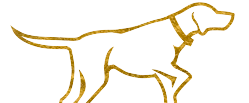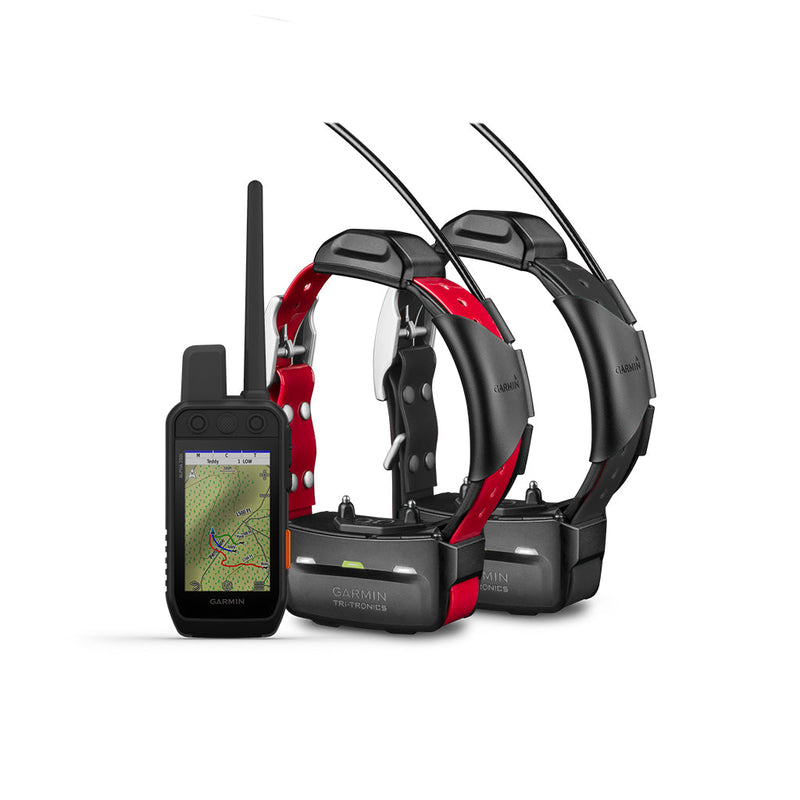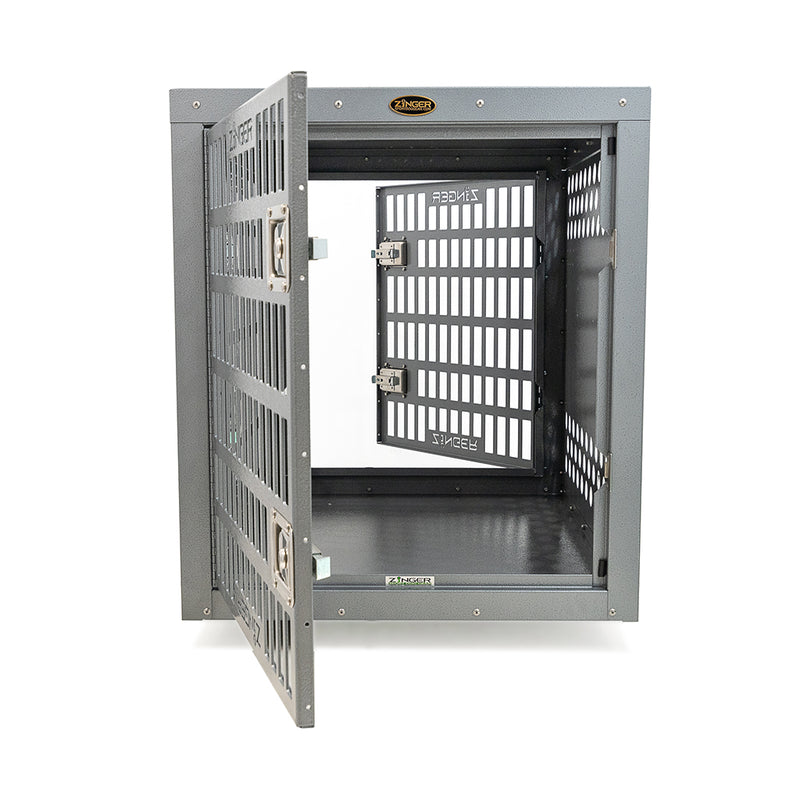Your Cart is Empty
Electronic Collars
Collars and Leads
Dog Tracking Systems
Dog Training
Bird Launchers
Hunting Dog Supplies
For The Hunter
Dogs Learning - Part 2
September 18, 2013 2 min read
Dog training involves guiding and teaching the dog using repetition rewards, positive and negative reinforcements and such. But humans are not the sole vehicle for their learning. This past Spring when the ticks were out in full force, we were spraying dogs after a workout to help protect them form bites. One dog, Cracker, a setter female, routinely reacts to being sprayed by rolling in the dirt and gravel to try to rub the substance off.
One morning, the dog beside Cracker was worked and sprayed for ticks after. Cracker herself had not been worked that morning, nor was she sprayed. But she sniffed the dog beside her, smelled the spray, and began rolling in the dirt and gravel. Though there was absolutely nothing on her to rub off, which is the fundamental purpose of the action, she rolled and rubbed nonetheless.
Examples like this are profound examples of how dogs learn, so I have always felt it wise to examine why for clues as to how we might be able to train more effectively. The strong smell AND the her intense dislike of it prompted the desire to rid herself of the smell by natural means: rubbing it off. A powerful cue prompting a natural behavior is a formula for learning.
Perhaps just as importantly, watching a dog try to rub something off her fur'something that isn't there, reminds us that dogs do not think like humans and It also reminds us that, especially in the presence of powerful stimuli, they can make the wrong or completely illogical connections and we need to be reminded of these things often.
Ryan Frame, LCS Elite Crew
Leave a comment
Comments will be approved before showing up.

Subscribe
Sign up to get the latest on sales, new releases and more …




